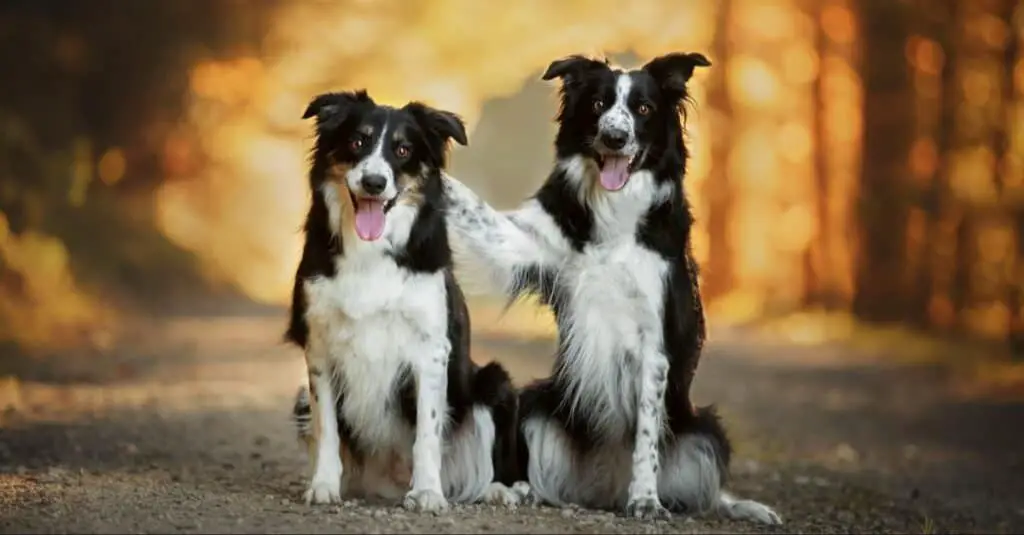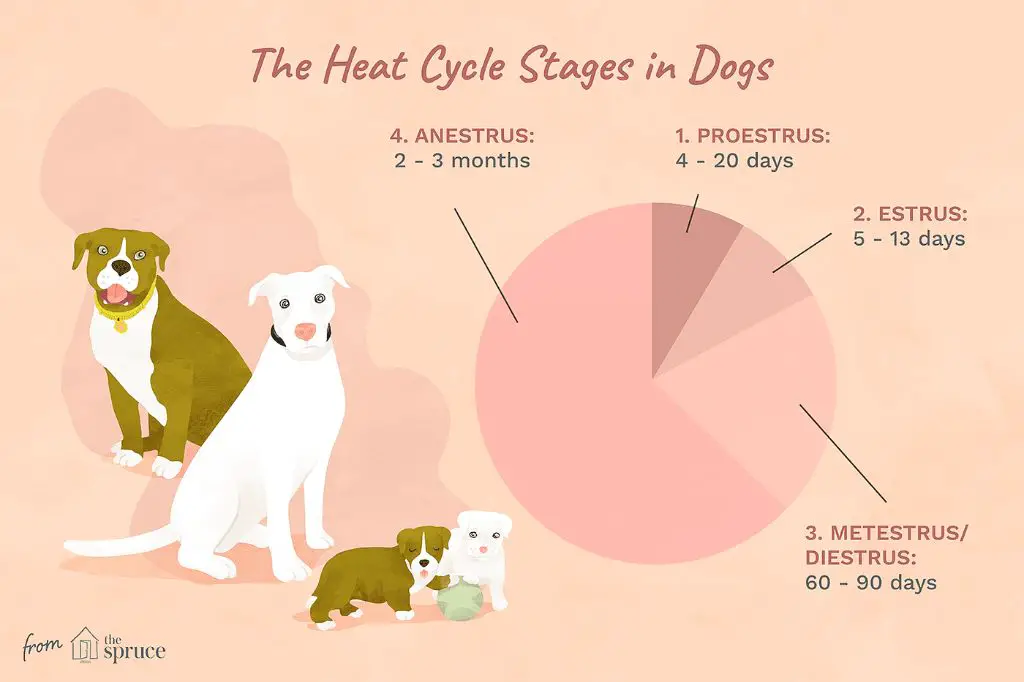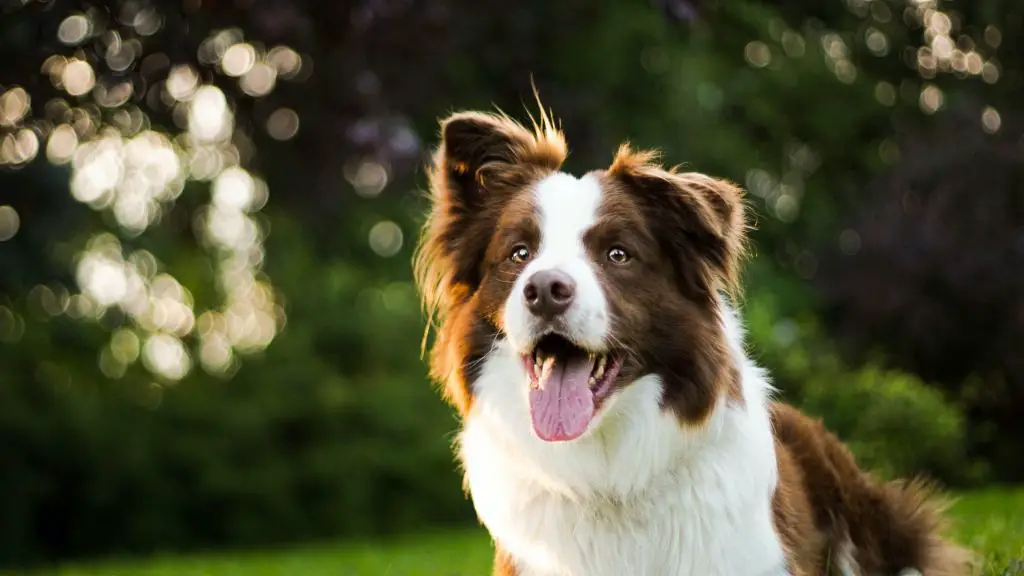Introduction
Lassie is one of the most famous dogs in television and movie history. The character of Lassie first appeared in a short story published in the Saturday Evening Post in 1938 and later expanded into the novel Lassie Come-Home by Eric Knight in 1940. MGM released a film version in 1943 starring a male Rough Collie named Pal in the role of Lassie. Pal’s performances were so acclaimed that he appeared in 6 more MGM Lassie films through 1951. In 1954, the Lassie television series premiered on CBS starring a male collie named Pal in the title role. The original series ran for 19 seasons and holds the record as the longest running live-action television series featuring a recurring animal character. Though the lead role was originated by Pal, several of his descendants played the iconic character of Lassie over the decades on television and film.
Physical Characteristics
Male border collies are typically larger and more muscular than females of the breed. According to A-Z Animals, males stand anywhere from 10-22 inches tall at the shoulder and weigh 30-45 pounds. Females are generally smaller, ranging from 18-21 inches tall and weighing in at 27-42 pounds.
Males tend to have broader heads and more rugged, muscular builds compared to females. Females have more delicate facial features and sleeker frames. Both sexes have a medium-length double coat suited for herding in any weather. However, some claim the male’s outer guard hairs are coarser. Females boast more feathering on the legs, belly, chest, and ears.

When it comes to coat color, there are no significant differences between the sexes. Border collies come in a variety of colors like black, red, chocolate, blue merle, sable merle, and tricolor. Markings can be solid, bi-colored, tri-colored or merle. The breed standard accepts all coat colors.
Trainability
When it comes to trainability, male dogs have traditionally been considered easier to train, especially for more complex tasks. This is likely due to males reaching maturity slightly later than females, resulting in extended puppy-like traits that make them more eager to please and willing to focus during training sessions. According to one source, “Male dogs tend to be more affectionate, exuberant, attentive, and more demanding of attention and also a little less independent than females” (https://caninecuriosity.com/2022/02/17/are-female-dogs-easier-to-train-than-males/). Male dogs also tend to be more playful, which can make reward-based training highly effective.
The trainability difference is most noticeable during adolescence. Female dogs mature faster and can become independent sooner, making them slightly more difficult to train during this rebellious teenage phase. However, with proper techniques and consistency, female dogs are just as trainable as males.
On Set Challenges
Working on an entertainment production set for long hours in a busy environment presented unique challenges for female dogs. According to How to Train Your Movie Star Dog, filming days often lasted 10-12 hours which could be tiring and stressful for any dog. Additionally, the bustling environment with lights, cameras and dozens of crew members made it difficult for some dogs to remain calm and focused.
Teresa Ann Miller, a Hollywood animal trainer, explained that female dogs in heat could be “moody or distracted” which posed problems for getting good takes while filming a scene (Source: Trainer Explains How Dogs Are Trained for Movies). Male dogs were less likely to be distracted by hormonal changes and therefore viewed as more reliable on set. The intensive time commitment and hectic atmosphere of a production set presented unique challenges, especially for female dogs.

Breeding
One of the main reasons male dogs were used for the role of Lassie was due to concerns over the risk of pregnancy interfering with filming schedules. Female dogs go into heat roughly twice per year and have an average gestation period of 63 days [1]. This would make filming very difficult if Lassie was played by a female, as she would be unable to perform many of the required stunts and scenes while pregnant. The unpredictable heats and potential for pregnancy in a female dog would cause consistent disruptions and complications during filming over the course of the long-running show. Using a male dog avoided this issue entirely, allowing filming to continue uninterrupted.
Temperament
The temperaments of male and female Border Collies are often perceived differently. Males are stereotypically viewed as more even-tempered and eager to please than females. Some sources suggest that male Collies may be slightly more affectionate and loyal than females. However, these differences are often quite subtle, and there is significant individual variation within each sex.
In reality, temperament depends more on factors like breeding, training, and socialization rather than gender alone. Both male and female Collies are highly intelligent, energetic working dogs that need proper stimulation and training. When raised properly, Collies of either sex can make wonderful, devoted pets. Gender-based temperament differences are modest at most.
Coat Concerns
Male collies generally have thicker, fuller coats than females year-round. According to Male vs. Female Border Collie: 7 Key Differences, male border collies have a more abundant double coat, with a coarser outer coat and denser undercoat. The fuller coat can be attributed to hormonal differences between the sexes. Testosterone levels in males contribute to producing a thicker coat. Females experience coat changes depending on their reproductive cycle, with the coat thinning during shedding seasons after giving birth. Breeders looking for dogs with continuously lush coats often select males.

Markings
One reason male dogs were preferred for the role of Lassie is that they have more distinctive coat markings that are easier to match between different dogs playing the same character. According to the Lassie Dog Breed article, outcrossing Rough Collies to Borzois introduced the desirable “white” coat pattern into the breed, which features a white collar, chest, legs and tail tip. This striking pattern helped establish Lassie’s iconic on-screen appearance.
Male Collies tend to have more vibrant coat colors and defined white markings compared to females of the breeding line. The producers wanted each Lassie dog to match the original as closely as possible for continuity. It was simpler to achieve this consistent look using males, whose coats show less variation.
Stunts
Male dogs were typically chosen for stuntwork in Lassie movies and shows because they were perceived as being sturdier and better able to perform dangerous stunts. According to stunt dog trainer Gill Raddings, “Generally, males are stronger for some of the work due to their size and body structure.” (https://laughingsquid.com/gill-raddings-movie-stunt-dog-trainer/) Raddings, who has trained dogs for movies like Kingsman and Justice League, explains that larger male dogs were better able to perform jumps and other physically demanding stunts required in Lassie productions without risk of injury. Their size and strength made them the preferred gender for taking on Lassie’s action-packed stunts through the years.
Legacy
Lassie enjoyed immense popularity during its 19 year run on television and the character’s legacy has endured in the decades since. As noted in The Legacy of Lassie, the show had a major cultural impact and Lassie became a household name synonymous with heroic and loyal dogs. Generations of viewers grew up with the adventures of Lassie and developed an emotional connection to the character. Even though Lassie was played by male dogs for practical reasons, the character represented an ideal of companionship, intelligence and compassion that resonated strongly with audiences. Lassie set a high standard for on-screen animal performances and demonstrated the breadth of what dogs are capable of learning. The show fostered greater appreciation for collies specifically and dogs in general. Lassie endures as one of the most iconic canine characters in television history.

